Python introduction and environment installation
The founder of Python is the Dutchman Guido van Rossum. During the Christmas period of 1989, in Amsterdam, Guido decided to develop a new script interpreter in order to pass the boring Christmas, as a kind of inheritance of the ABC language.
Python is a cross-platform computer programming language. It is a high-level scripting language that combines interpretation, compilation, interactivity and object-oriented. It was originally designed to write automated scripts. With the continuous update of the version and the addition of new language features, the more it is used for the development of independent and large-scale projects.
Python is concise, easy to learn, and extensible, and the design philosophy of Python is elegant, clear, and simple.
Python itself is designed to be extensible. Not all features and functions are integrated into the core of the language. Python provides a wealth of APIs and tools so that programmers can easily use C language, C++, and Cython to write extension modules. The Python compiler itself can also be integrated into other programs that require scripting languages. Therefore, many people still use Python as a "glue language".
Python developers deliberately prevent programs that violate indentation rules from being compiled to force programmers to develop good programming habits. (Although not very friendly to some programmers)
Python can be used for web development, GUI development, graphics development, Web development, game development, mobile phone development, database development, big data analysis, crawler development, etc.
Due to the characteristics of the glue language, you can directly search for third-party libraries for development directly, which greatly saves development time. Even direct copy to complete the entire project.
This tutorial states:
Operating System: Windows7 SP1
Python version: Python3.7
Editor: notepad++
Notepad official website: https://notepad-plus-plus.org/
Python3.7 download link: https://www.python.org/downloads/release/python-377/
Scientific knowledge
After installing python, you need to configure the python environment. What is the python development environment?
Development environment: software, hardware, and operating system that need to be used when developing software
Compiler: A program that translates "one language" into "another language". Editor: Software for editing source code.
IDE: The application program that provides the program development environment, including tools such as code editor, compiler, debugger, and graphical user interface
If Windows 7 is not SP1, you can click Windows Update in the control panel to update the patch:
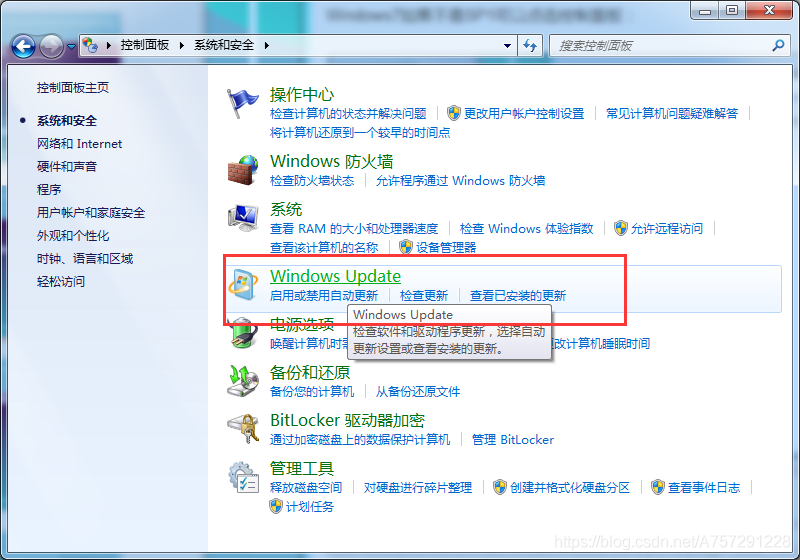
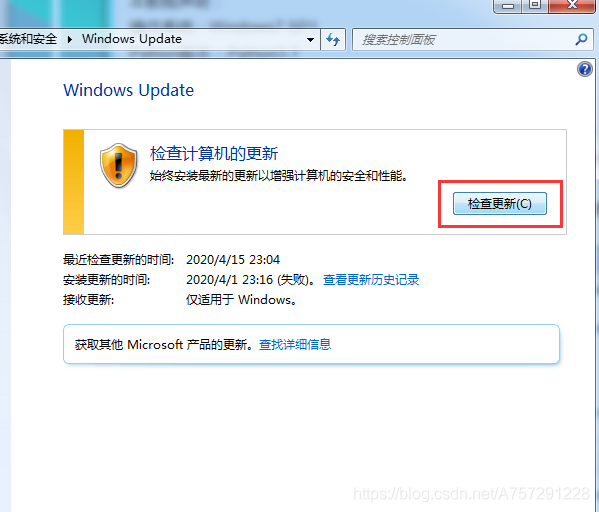
Python environment configuration, click the downloaded installation package, double-click to run, it is best to install by default. After installation, click the lower left corner, enter python, find python in the list that appears, right-click to open the file location. Or click Properties, and then open the file location.
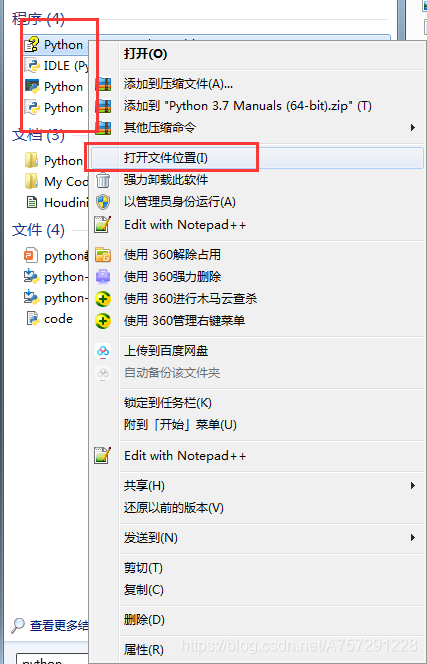
After opening the python file location, we right-click on my computer, click properties, and click advanced system settings
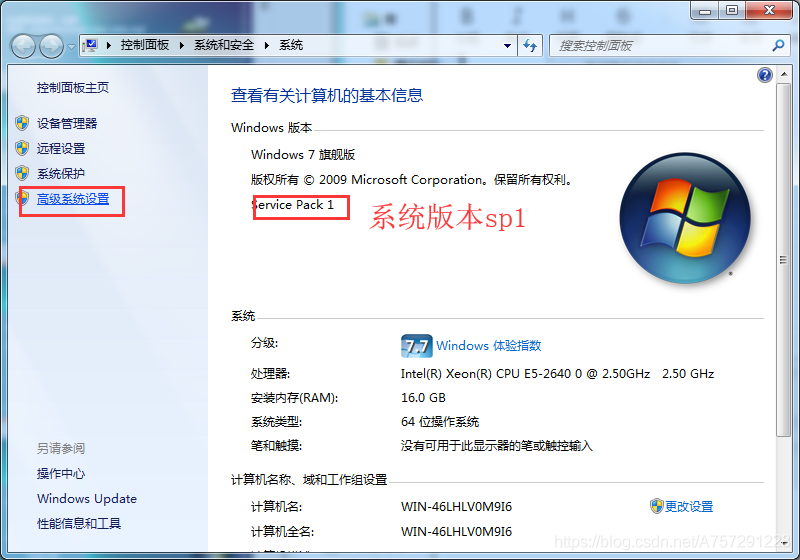
Click on environment variables:
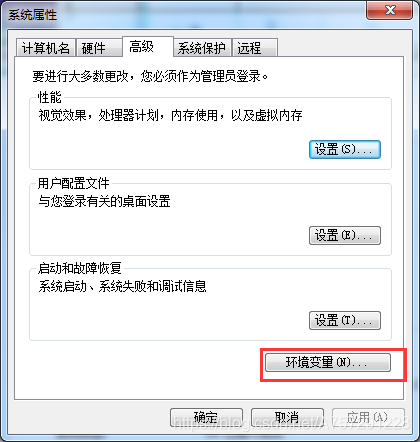
Find path, double click
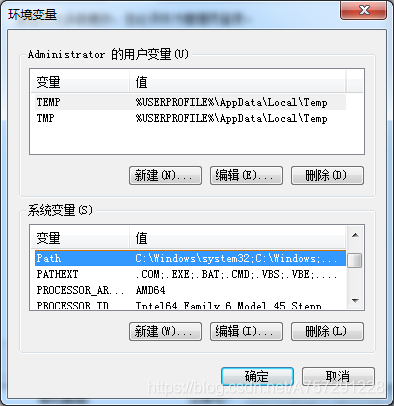
Copy our python directory into the variable value. You must first enter a semicolon ";" entered by the English input method, and then copy the python directory after typing.
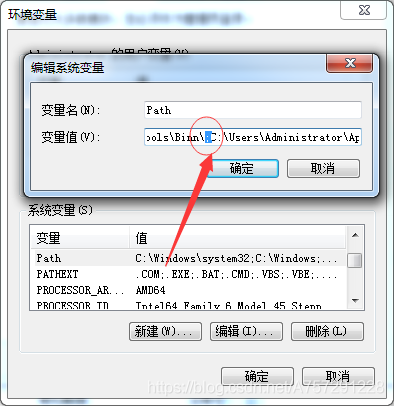
After copying, type cmd in the lower left corner and press enter to open the Dos command box, open the Dos command box and enter python to check the installation.
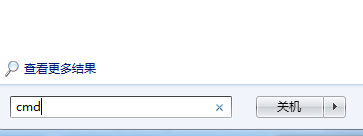

The python installation is complete.
Why do I need to configure this environment? Why do I need to put the directory in the path?
Because if the path is not configured, the dos window does not recognize the python command. After storing the python path in the system environment, when entering the python command, it will be searched in the python directory, that is, we put it in the path In the path. In the python directory, the python file will be launched, that is, the command will be responded to.
Recommended Posts